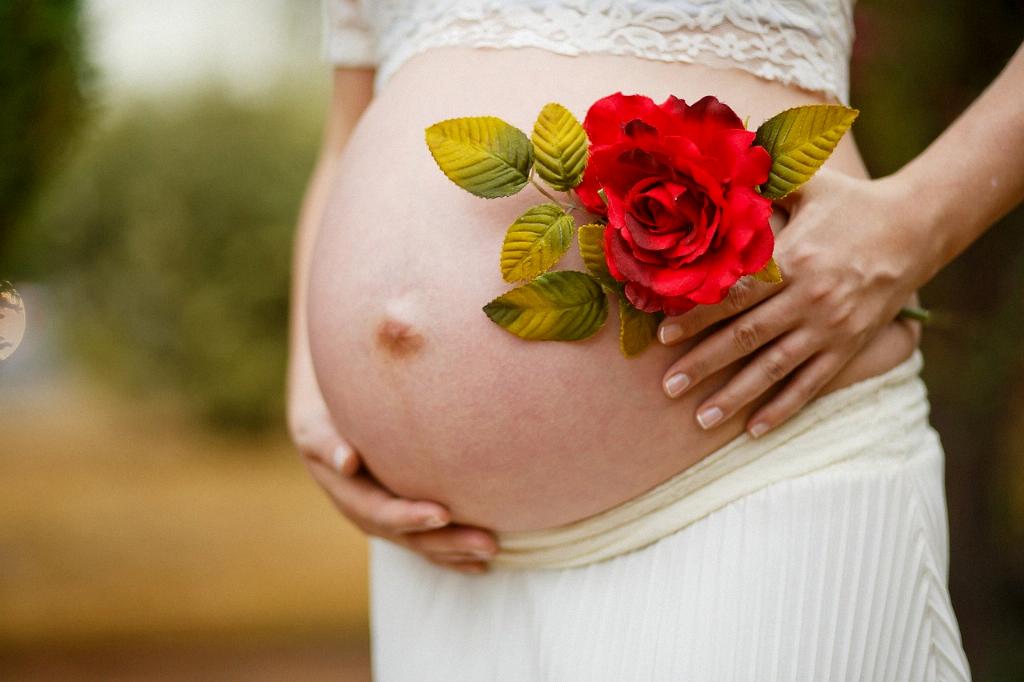When it comes to understanding the timeline of dog pregnancy, one of the key aspects to consider is the mating process. During the first week or two of dog pregnancy, the female’s eggs are fertilized by sperm from the male. This fertilization typically occurs within a week after mating, but it’s essential to note that it may not happen with every mating attempt.
After the eggs are fertilized, the embryos begin to move from the upper portion of the female dog’s uterus down to the lower part. This movement is a crucial step in the early stages of pregnancy and sets the stage for further development.
Implantation and Early Development
Following the fertilization of the eggs, the embryos undergo a process called implantation. This is when the embryos attach themselves to the lining of the female dog’s uterus, where they will continue to grow and develop over the coming weeks.
During this early stage of development, the embryos begin to form important structures and organs that will eventually develop into puppies. It’s a critical time for the health and well-being of the developing puppies.
Confirmation of Pregnancy
While some signs of pregnancy may start to become apparent in the female dog, such as changes in behavior or appetite, it’s essential to confirm the pregnancy through a veterinary examination. A veterinarian can perform tests to confirm the pregnancy and provide guidance on prenatal care.
It’s important for dog owners to be proactive about monitoring their dog’s health during pregnancy and seeking veterinary care to ensure the well-being of both the mother and the puppies.
Gestation Period and Birth
After mating and fertilization, the gestation period for dogs typically lasts around 63 days, although this can vary slightly depending on individual factors. As the pregnancy progresses, the female dog will begin to show physical signs of pregnancy, such as a growing abdomen and changes in behavior.
When it comes time for the birth of the puppies, it’s crucial to be prepared with a comfortable and safe whelping area. Providing proper care and assistance during the birthing process is essential for the health and well-being of both the mother and the newborn puppies.

